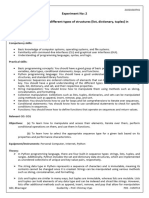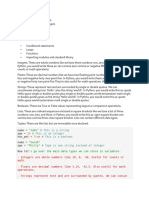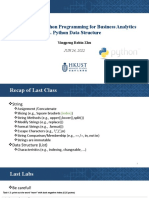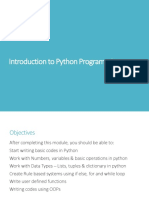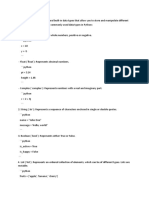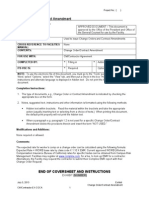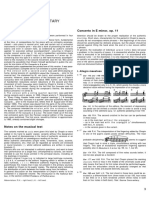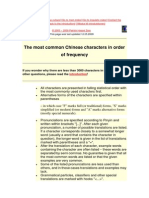0% found this document useful (0 votes)
21 views6 pagesPractical 2
The document outlines an experiment focused on learning different data structures in Python, including strings, lists, tuples, dictionaries, and sets. It details the competencies and practical skills required, objectives, theoretical concepts, procedures for creating and manipulating each data structure, and safety precautions. Additionally, it includes a quiz and references for further study.
Uploaded by
xasim42398Copyright
© © All Rights Reserved
We take content rights seriously. If you suspect this is your content, claim it here.
Available Formats
Download as PDF, TXT or read online on Scribd
0% found this document useful (0 votes)
21 views6 pagesPractical 2
The document outlines an experiment focused on learning different data structures in Python, including strings, lists, tuples, dictionaries, and sets. It details the competencies and practical skills required, objectives, theoretical concepts, procedures for creating and manipulating each data structure, and safety precautions. Additionally, it includes a quiz and references for further study.
Uploaded by
xasim42398Copyright
© © All Rights Reserved
We take content rights seriously. If you suspect this is your content, claim it here.
Available Formats
Download as PDF, TXT or read online on Scribd
/ 6
